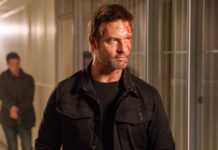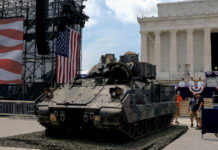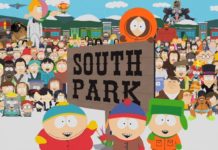New York
CNN Business
—
Wall Street cares only about one thing right now…and it’s not earnings, the state of the job market, resilient consumer spending or the spectacular FTX/crypto meltdown. Investors are laser-focused on the Federal Reserve and what central bankers are saying about inflation and rates.
Just look at what stocks did Thursday. The Dow fell earlier in the day but was up about 40 points, or 0.1%, in midday trading.
The market was volatile due to comments from St. Louis Fed President James Bullard about the possibility of much bigger interest rate hikes. The S&P 500 and Nasdaq were each flat after falling shortly after the opening bell.
Bullard said at an event in Louisville, Ky. that “inflation remains unacceptably high.” As a result, he suggested that the Fed’s key short-term interest rate, which currently sits at a range of 3.75% to 4%, may need to climb as high as 7%. He noted in a chart that rates should probably be 5% at a minimum.
The market is not expecting rates to go that high.
Current federal funds futures forecasts on the CME are pricing in a half-point rate hike in December and another half-point increase in February before the Fed possibly pauses. That would leave rates in a range of 4.75% to 5%…and many investors expect rates to stay there or fall slightly by the end of 2023.
But more promising data about the labor market may also complicate matters. Weekly jobless claims fell slightly from a week ago, another sign that the Fed can probably stay hyper-focused on inflation and keep raising rates without worrying yet about the eventual slowdown that rate hikes may have on the broader economy.
“This is another example of the market uncertainty created by the strange dynamic where good economic news becomes bad news because of the Fed’s mission to bring inflation down to 2%,” said Louis Navellier, chairman of Navellier & Associates, in a note to investors Thursday.
Investors are clearly anxious about the possibility that inflation, despite recent signs of cooling, will remain elevated enough that the Fed will feel compelled to keep raising interest rates aggressively until prices come down more dramatically.
“Price increases have been particularly sharp for necessities like food, transportation, and shelter, which make up a substantial portion of household budgets for people on the lower end of the pay scale,” said Fed governor Philip Jefferson in a speech in Minneapolis Thursday.
“Low inflation is key to achieving a long and sustained expansion—an economy that works for all,” Jefferson added.
Jefferson didn’t comment specifically about how much higher he thinks rates need to go though in order to get inflation in check.
Still, the market sell-off Thursday shows that Wall Street remains nervous about the likelihood that rates may not be close to peaking just yet.
“If we still have millions of job openings and inflation above rates, the Fed may need to continue hiking beyond February,” said Edward Moya, senior market analyst for the Americas at Oanda, in a report Thursday.
But it’s also worth noting that comments from Jefferson and Bullard do not hold as much weight as remarks from Fed chair Jerome Powell and vice chair Lael Brainard. Both of them have recently made comments that suggest they believe the Fed will soon be able to cut back on the size of future rate hikes.
Investors also need to take comments from Bullard in particular with a grain of salt. For one, he’s known to be one of the more hawkish Fed members, meaning that he has typically advocated for more rate hikes in order to keep inflation at bay.
In addition, Bullard has a vote on rate hikes at the Fed’s next meeting in December, but he does not have a say on interest rates in 2023.
The Fed’s Open Market Committee, which decides what happens to rates, has twelve members. The seven Fed governors and the New York Fed president are always on the FOMC. The remaining four FOMC participants come from a rotating cast of the regional Fed presidents. The St. Louis Fed president doesn’t get a vote again until 2025.
Source : CNN













